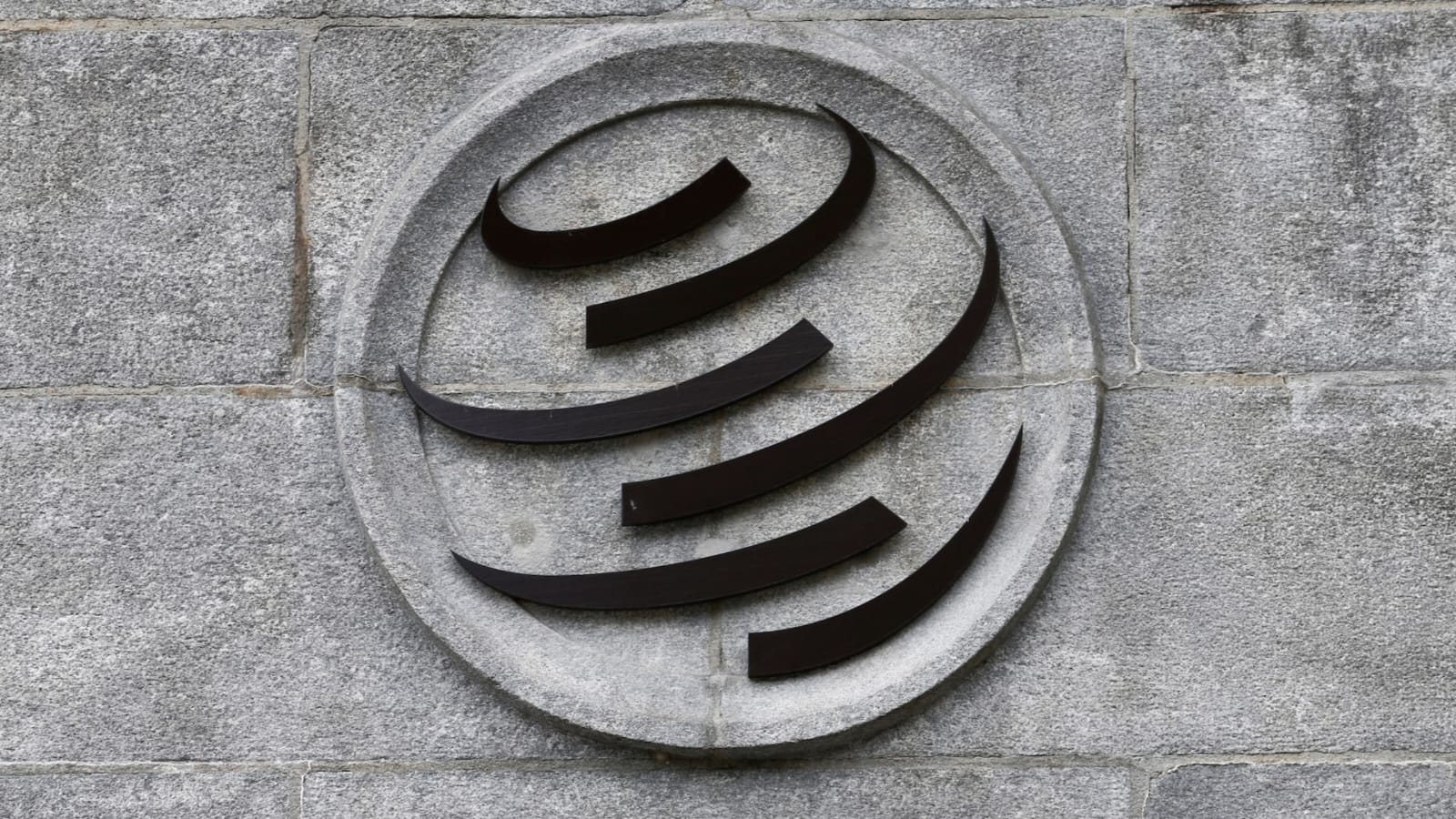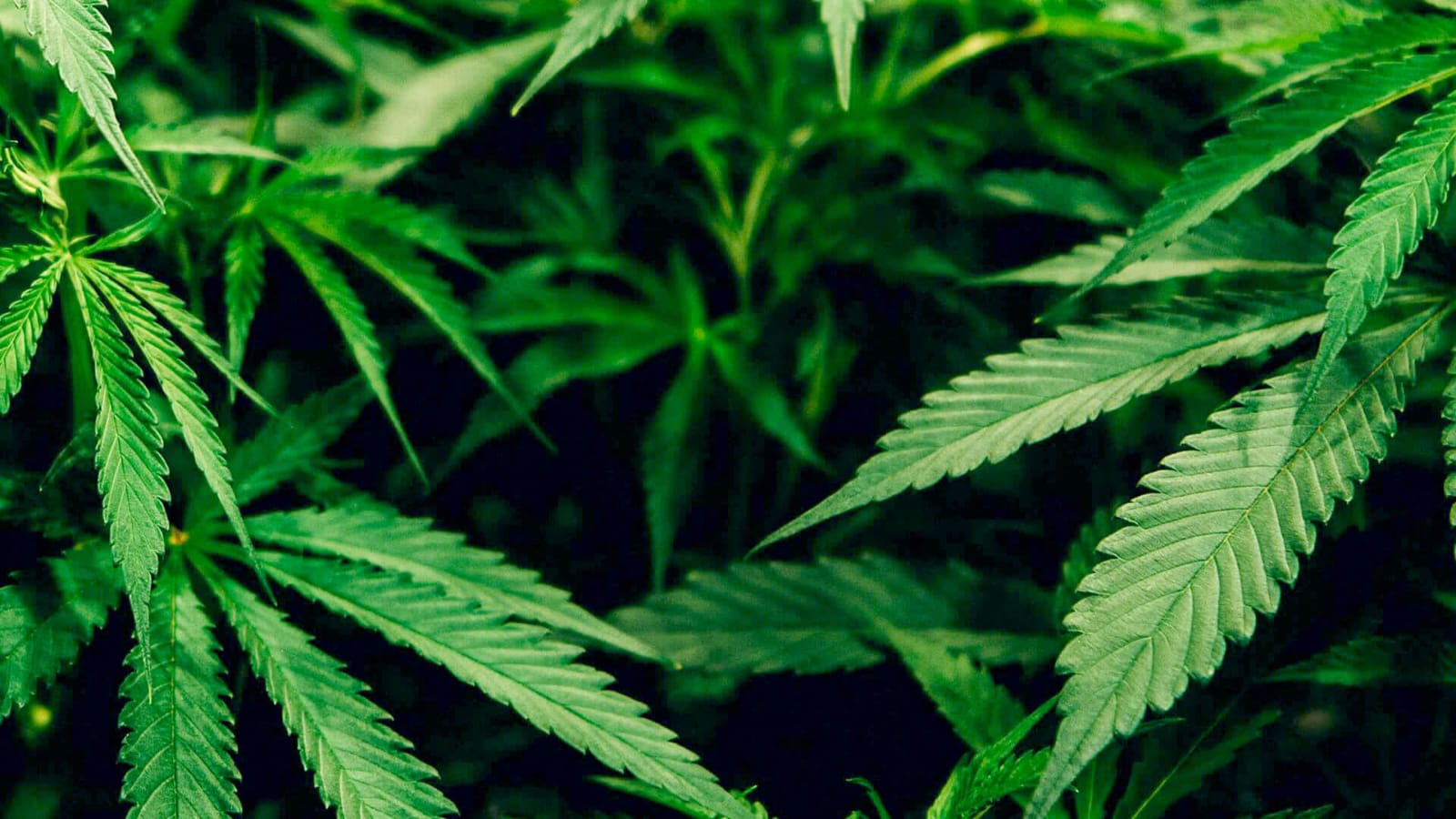Iran Resumes Fordow Nuclear Work After US Bombing Strikes

Recent high-resolution satellite images have confirmed renewed activity and expansion efforts at Iran’s Fordow nuclear facility, coming days after the site was reportedly struck by U.S. B-2 stealth bombers. Maxar Technologies, a leading U.S.-based satellite imagery provider, published visuals showing heavy machinery at work, signs of substantial ground movement, and newly created access routes into the site. These developments are raising fresh concerns about the security and purpose of Iran’s nuclear program.
Fordow was one of three key nuclear facilities targeted on June 21–22 by the United States under a military offensive referred to as Operation Midnight Hammer. The operation was designed to impede what Washington claimed were rapidly advancing nuclear capabilities in Iran. U.S. aircraft dropped bunker-busting Massive Ordnance Penetrators (MOPs) on underground targets, including the Fordow complex.
Earthworks, Construction Equipment Suggest Expedited Expansion
Post-strike satellite imagery reveals earth-moving equipment operating near Fordow’s northern tunnel entrances. The presence of bulldozers and newly laid roads indicates significant construction or reconstruction efforts. Crater zones, likely resulting from the impact of MOPs, are visible around the facility. The timing of these developments suggests Iran may be responding swiftly to either repair damage or reinforce existing infrastructure.
These signs of fresh earth movement and excavation near critical access points also point to the possibility of Iran trying to upgrade its underground defenses. Some analysts interpret this as an attempt to harden the site further against potential future strikes. The strategic use of geography, such as placing facilities under mountains, has long been part of Iran’s nuclear design philosophy.
Evidence Indicates Tunnel Entrances Were Sealed Pre-Strike
Detailed examination of the imagery shows that entrances to several of Fordow’s underground tunnels appear to have been intentionally sealed before the strike. This precautionary action, likely aimed at minimizing the impact of incoming ordnance, reflects a level of foresight and situational awareness. Analysts speculate that Iran could have been preparing for the attack days in advance, potentially relocating sensitive equipment and enriched uranium to safer locations.
Military experts note that sealing tunnel entrances may serve multiple purposes, including the protection of personnel and materials, as well as an effort to mislead precision-guided weapons. These adaptive strategies, if confirmed, may complicate future targeting efforts and intelligence gathering.
Fordow’s Role in Iran’s Strategic Nuclear Framework
The Fordow Fuel Enrichment Plant is located near the city of Qom and is embedded deep into a mountain, making it one of the most fortified nuclear facilities in Iran. The plant became operational in 2011 and has played a central role in Iran’s uranium enrichment activities. While Iran claims these activities are for peaceful energy generation, the site has drawn persistent international scrutiny due to its military-style construction and underground design.
According to Iran, Fordow operates under the supervision of the International Atomic Energy Agency (IAEA) and remains compliant with its obligations under the Nuclear Non-Proliferation Treaty (NPT). However, in recent years, Iran has scaled back its transparency measures and enrichment thresholds, leading to heightened concerns among global nuclear watchdogs.
Analysis Suggests Uranium May Have Been Moved
An evaluation conducted by the Open Source Centre in London supports the hypothesis that Iran may have anticipated the U.S. strike and relocated its enriched uranium stockpile in advance. Observers noted unusual pre-strike logistical movements, such as trucks entering and exiting the facility and a reduction in heat signatures typically linked to uranium storage.
Although there is no official confirmation from Iranian authorities, the IAEA or the U.S. government, the satellite data fuels speculation that Iran may be adopting a more agile and decentralized approach to storing sensitive nuclear material.
Satellite Imagery Offers Critical Clues
The new satellite imagery offers a granular look at changes to the Fordow site. Heavy equipment continues to operate around blast zones, and the terrain near the entrances shows significant disturbances. Debris fields, reconfigured road layouts, and what appear to be blocked or altered tunnel portals dominate the recent visuals.
Despite the heavy ordnance used, it appears that the deeply embedded portions of Fordow may have resisted complete destruction. This resilience further complicates efforts to degrade Iran’s nuclear infrastructure using conventional military means. The evidence suggests a quick response on Iran’s part to not only preserve but potentially enhance the facility’s core functions.
Global Monitoring and the IAEA’s Access Limitations
The International Atomic Energy Agency (IAEA), which is responsible for monitoring Iran’s nuclear activities, has faced limited access to several key Iranian sites in recent years. While Iran maintains it remains in compliance with the Comprehensive Safeguards Agreement, ongoing tensions have limited the agency’s ability to verify those claims consistently.
The IAEA has called for renewed transparency and access but has yet to issue a detailed response regarding the post-bombing developments at Fordow. The agency’s effectiveness relies heavily on satellite monitoring, open-source intelligence, and cooperation from the host country—all of which are increasingly constrained in this case.
Uncertainty Over Iran’s Nuclear Weapon Capability
While the relocation of uranium and renewed construction could raise red flags, experts stress that this does not confirm an imminent weapons threat. Enriched uranium is just one part of a much broader and complex process required to produce a nuclear bomb. Without evidence of weaponization infrastructure, such as warhead design or missile integration systems, conclusions about Iran’s nuclear intent remain speculative.
Ronen Solomon, a veteran intelligence analyst, noted that possessing uranium without corresponding weapon development facilities is “like having fuel but no vehicle.” He emphasized that unless Iran has established smaller, undisclosed facilities for weaponization, any fears of immediate nuclear breakout should be treated with caution.
Regional and Global Repercussions Continue to Evolve
The developments at Fordow are occurring in a geopolitical climate already rife with tension. Gulf nations, along with European powers, China, and Russia, are closely observing the aftermath of the U.S. strikes. These countries have varying stakes in maintaining regional stability, nuclear non-proliferation, and economic ties with Iran.
The renewed construction activity could prompt fresh rounds of diplomatic negotiations or even sanctions, depending on how governments interpret Iran’s intent. It could also accelerate regional security discussions, particularly around missile defense and nuclear deterrence frameworks in the Gulf.
Rebuilding Fordow: Deterrence or Escalation?
Iran’s swift return to activity at Fordow can be interpreted in multiple ways. It may serve as a message of resilience to both domestic and international audiences, or it could reflect strategic calculations aimed at deterrence. At the same time, such actions risk being seen as escalatory by adversaries and could undermine diplomatic overtures.
Understanding Iran’s motivations is complicated by opaque decision-making processes and limited official communication. While Iran continues to maintain that its nuclear program is for peaceful purposes, international observers remain vigilant.
Fragile Stability Hinges on Transparency and Dialogue
The renewed activity at Fordow, coming in the immediate aftermath of direct military action, signals a critical inflection point in the ongoing nuclear discourse. The global community is faced with a familiar yet increasingly complex puzzle—balancing enforcement with engagement.
Future developments at Fordow will likely serve as a bellwether for broader nuclear negotiations and regional dynamics. As satellite surveillance continues and analysts scrutinize each new development, the need for open dialogue, verified inspections, and restraint becomes more evident.
The facility’s evolution from a fortified uranium enrichment center into a geopolitical flashpoint underscores the stakes involved. In this context, maintaining a neutral, evidence-based assessment is key to avoiding miscalculation and preserving global nuclear stability.








1 Comment
[…] Iran begins to chart a new path following the airstrikes, several key questions […]
Comments are closed.